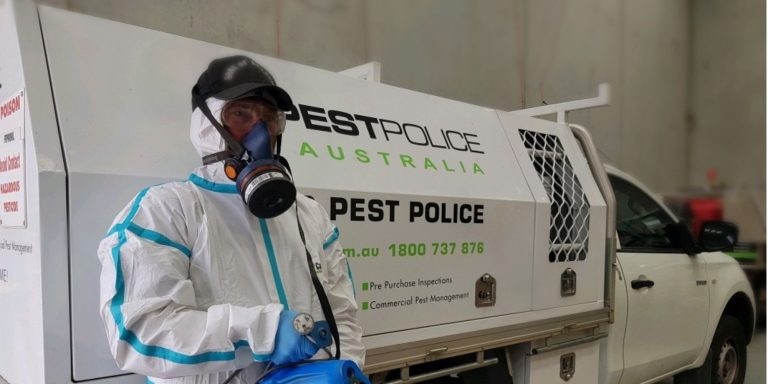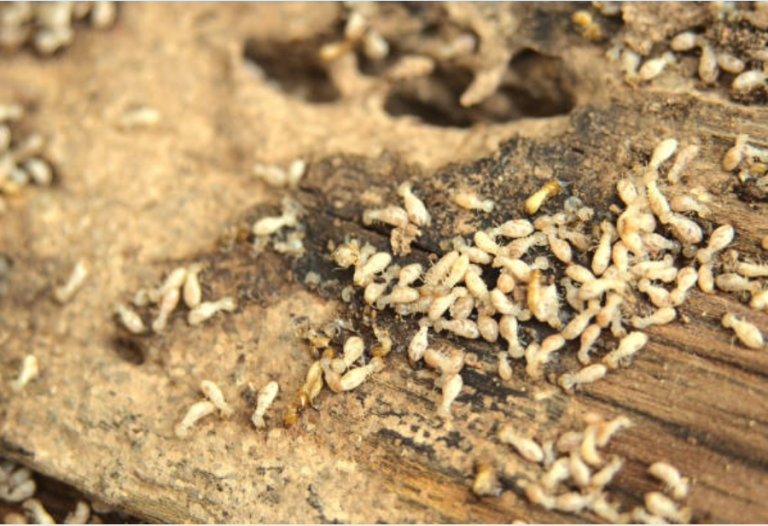Termite Inspections and Termite Treatment: A Comprehensive Guide
Regular termite inspections are one of the most effective ways to protect your home or property from termite infestation. Insurance companies will not cover the costly damage done by termites eating their way through your home, and therefore an annual termite inspection is a pro-active and effective measure that you can take for your peace of mind, and to protect against these silent and efficient timber-munchers.
According to the CSIRO, one in three Australian homes will be affected by termites in its lifetime, with infestations causing an estimated $100 million in damage annually. The risk is highest in subtropical and tropical regions, particularly in northern Australia, however termites are prevalent throughout all of Australia.
This comprehensive guide covers everything you need to know about termite inspections, termite treatments, DIY solutions, environmental factors, and potential costs – so you can stay one step ahead of termites.
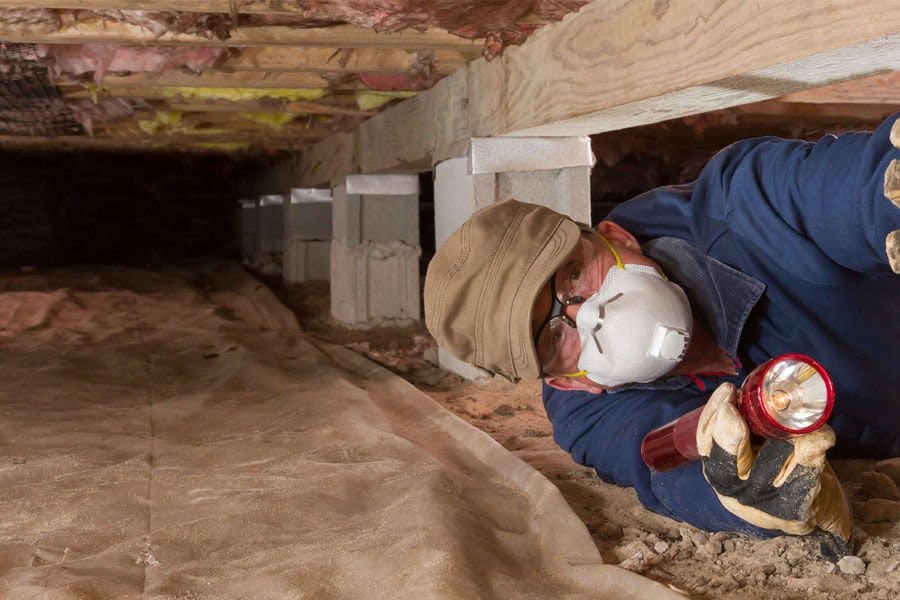
What does a termite inspection involve?
Accredited and skilled termite technicians are equipped with advanced detection tools as well as their years of experience to conduct a comprehensive examination of both the interior and exterior of your property. This includes assessing foundations, under floors, walls, basements, crawl spaces, roofs, and other susceptible areas. They look for telltale signs such as mud tubes, discarded wings, termite droppings (frass), and damaged or hollow-sounding timber. They can also uncover hidden infestations using technology such as moisture metres and Termatrac (microwave technology) to help to identify damp areas that attract termites, and infrared cameras will detect temperature variations inside walls that may have termite colonies.
While at your property, they will also assess risk factors and evaluate your home, suburb, nearby trees and vegetations, and any other conditions that are conducive to termite activity such as humidity and moisture, and structural vulnerabilities that may attract termites.
Following a termite inspection, a termite inspector will provide a comprehensive report that details their findings. If termites are detected, they’ll recommend immediate and effective treatment options. If no current activity is found, they may recommend preventive measures to protect your property.
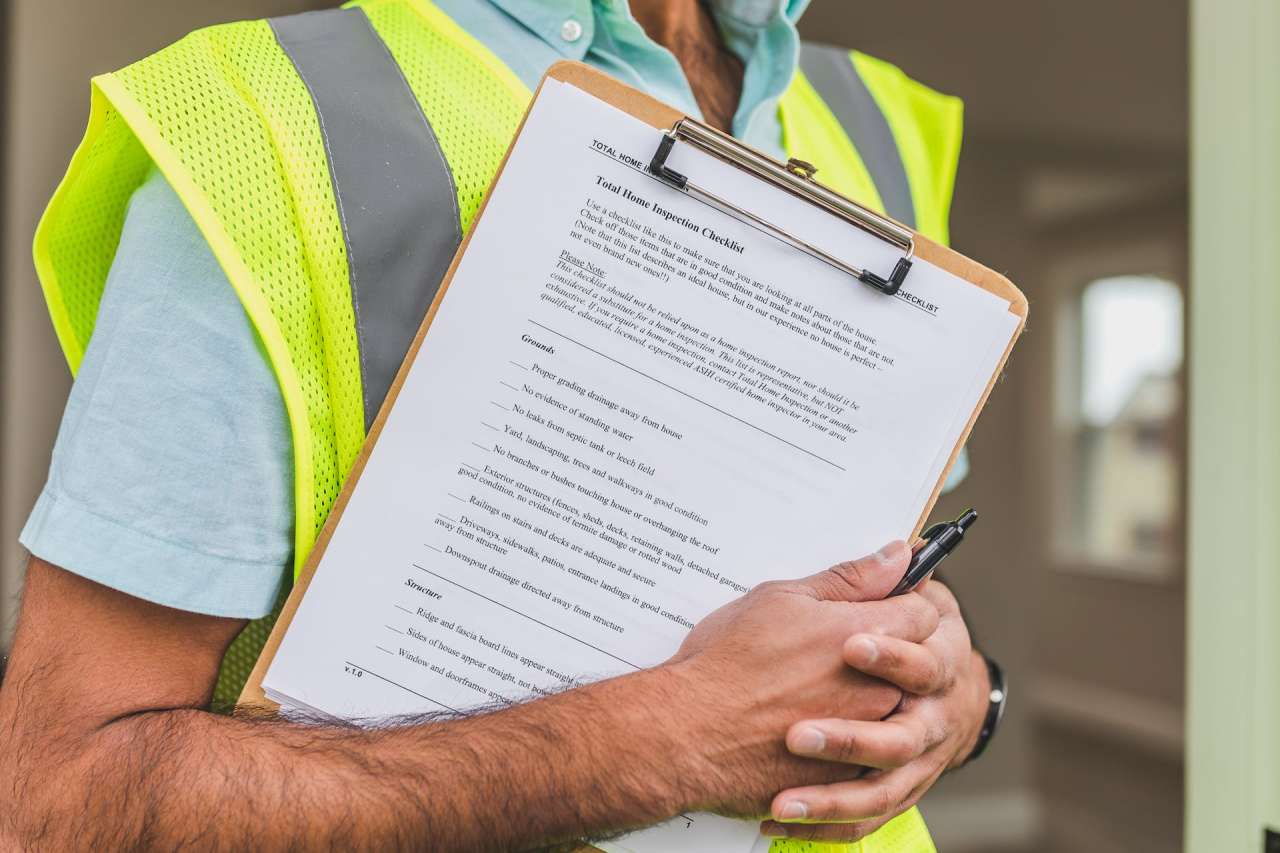

How do professionals detect termites?
With a combination of technology and experience, potential termite activity is ideally found before they cause costly damage. Or if active termites are found, then your inspector will help you to determine the best course of action for your property and budget.
Unless you’re trained to find termites, signs of their activity can be difficult to detect. Typical signs are mud tubes, frass (termite droppings), and hollow-sounding timber. But these signs can be so small they can easily be missed. With a trained eye and technology tools such as moisture metres, infrared cameras, and possibly acoustic sensors, an experienced termite inspector will uncover hidden infestations.
Can you scan walls for termites?
Yes, professionals can scan walls for termites using advanced detection tools. Thermal imaging cameras will detect temperature variations caused by termite activity, moisture metres find damp areas that attract termites, and acoustic sensors pick up subtle sounds of termites moving within walls. These non-invasive techniques help identify hidden infestations without damaging your property. When the property is quiet, for example at nighttime, you may also be able to listen for termite activity with a naked ear. Termites sound like faint clicking or rustling as they chew through timber or communicate with each other.
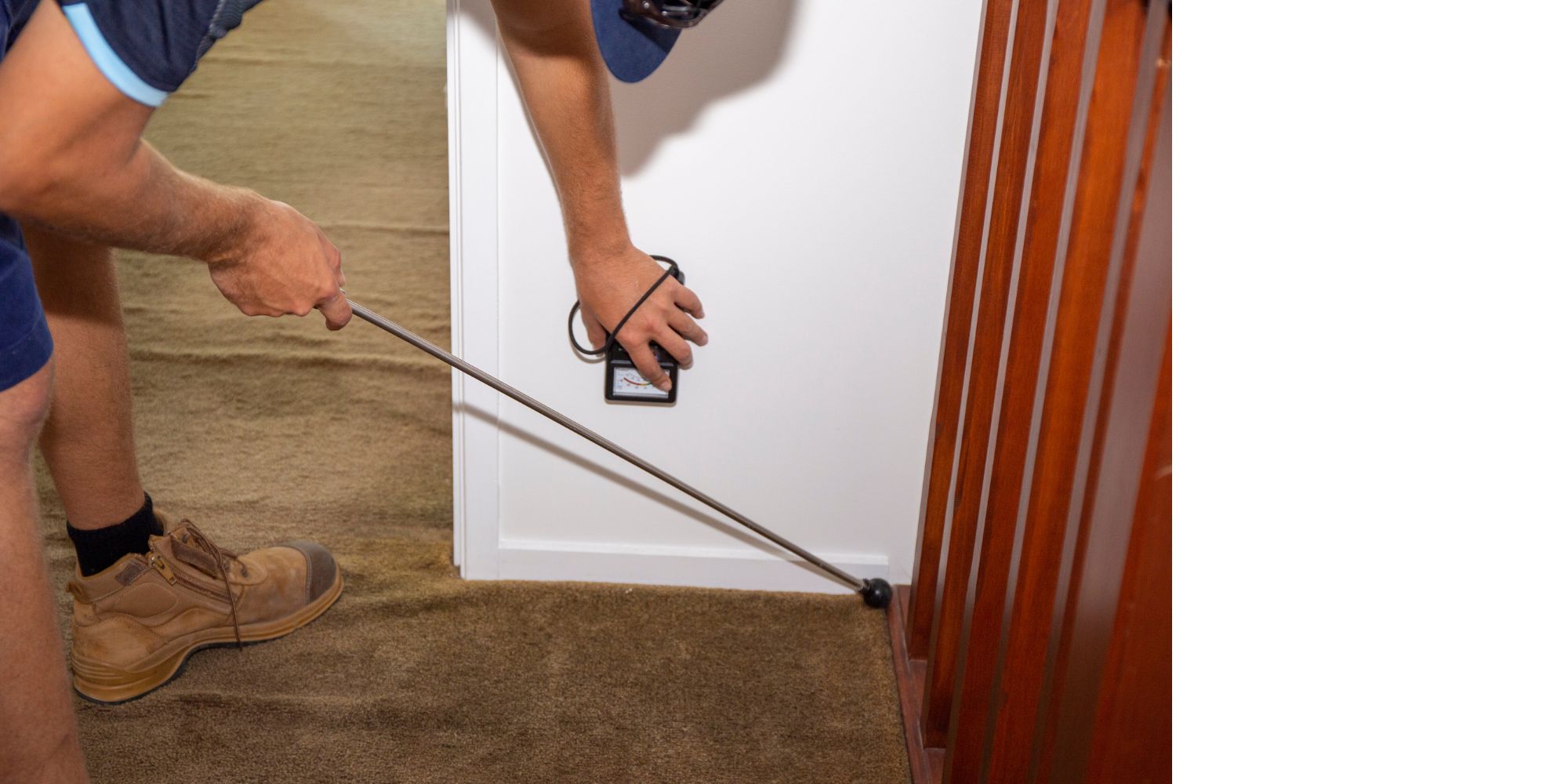
When inspecting for termites, which locations do you check?
A termite inspector will check all the key areas where termites thrive:
How do I prepare for a termite inspection?
Preparing for a termite inspection is simple and helps ensure a thorough assessment. Here’s what you need to do:
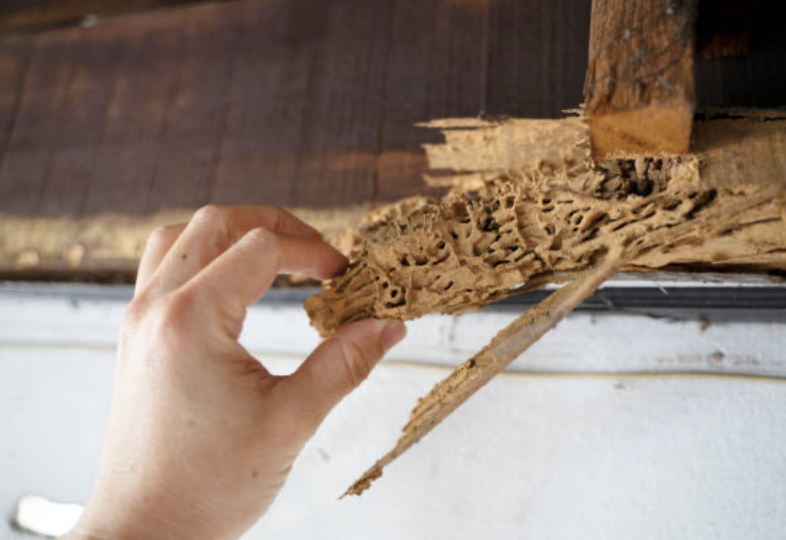
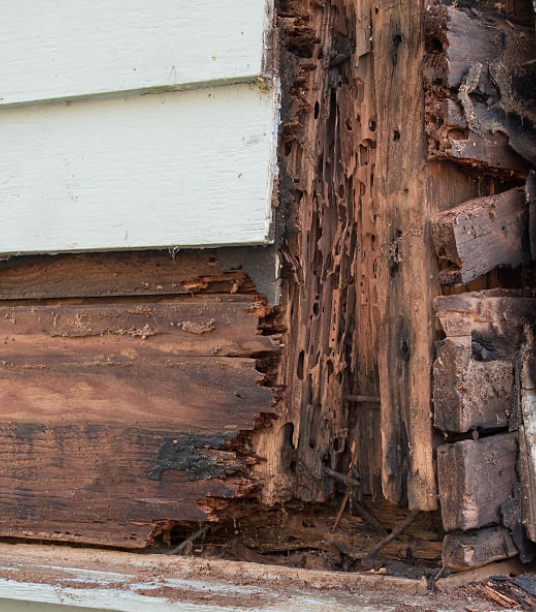
How do you know if a house has had termites?
There are several signs that an inspector will look for to determine whether there has been termite activity in a property you may be looking to purchase. These signs include:
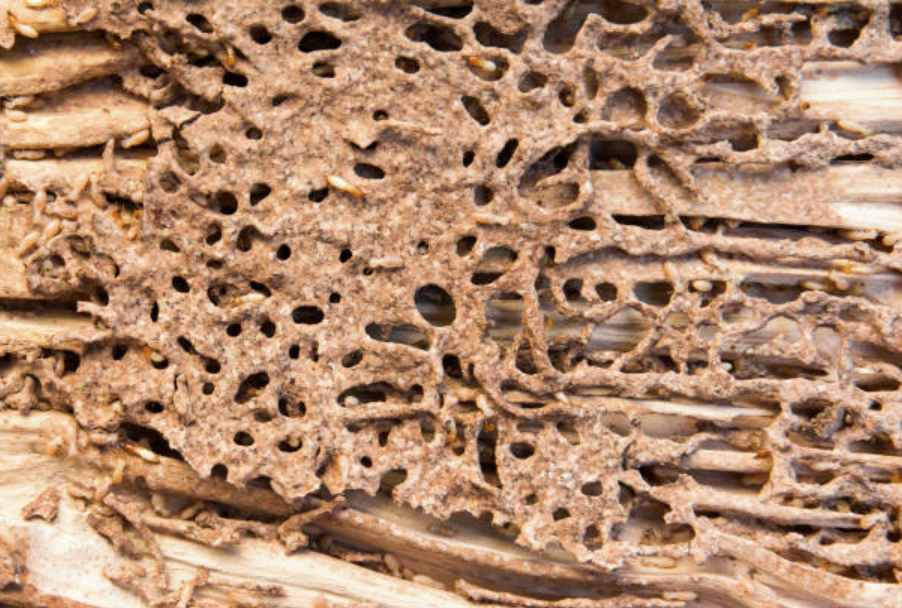
What does termite damage look like?
Termite damage often appears as hollowed or damaged timber, with a honeycomb-like texture or maze-like tunnels inside. You may notice buckling or sagging floors, peeling paint, or small holes in timber surfaces. Other signs include mud tubes along walls and discarded wings near windows or doors.
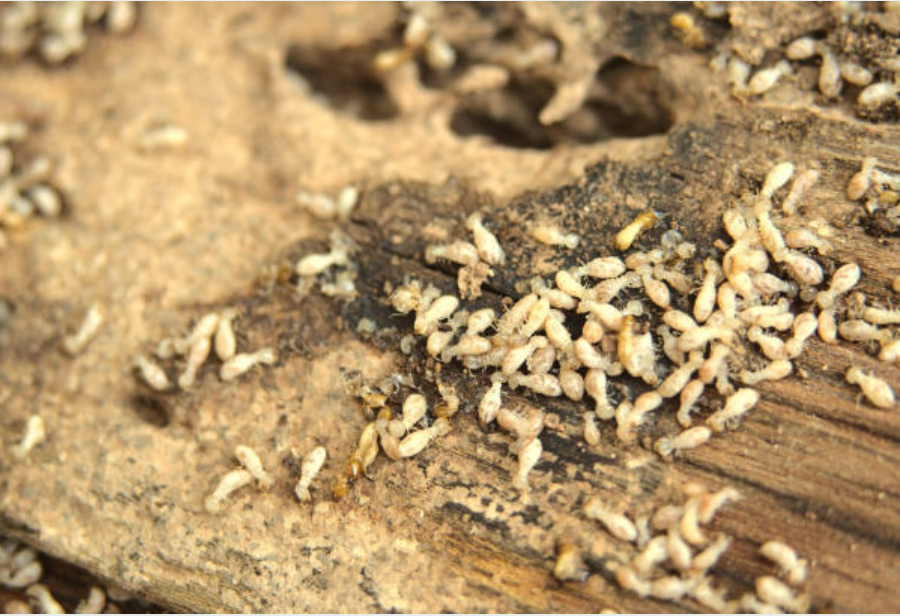
What do termite droppings look like?
Termite droppings are called frass or pellets. Termites push their faeces out of small holes near their nest entrances, and these resemble tiny dark coloured pellets or a powdery substance near infested areas.
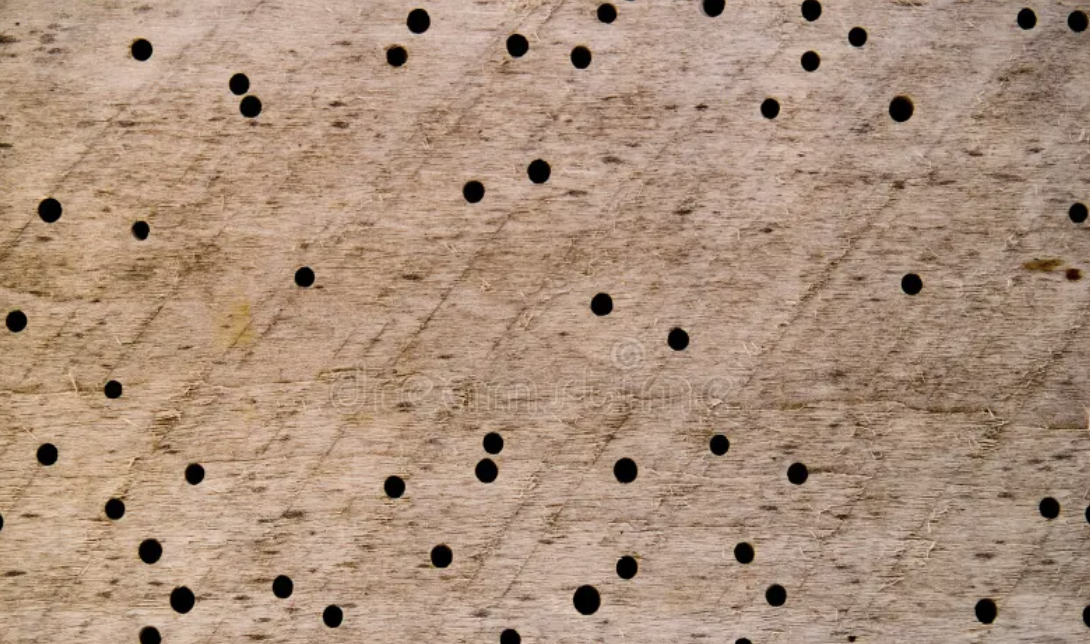
What does a termite hole look like?
Does your house smell if you have termites?
Yes, a termite infestation can cause a distinct smell in your home. Here’s what to sniff for:
Can you hear termites in the walls?
Although difficult to hear with the naked ear, on a quiet night, you may be able to listen for:
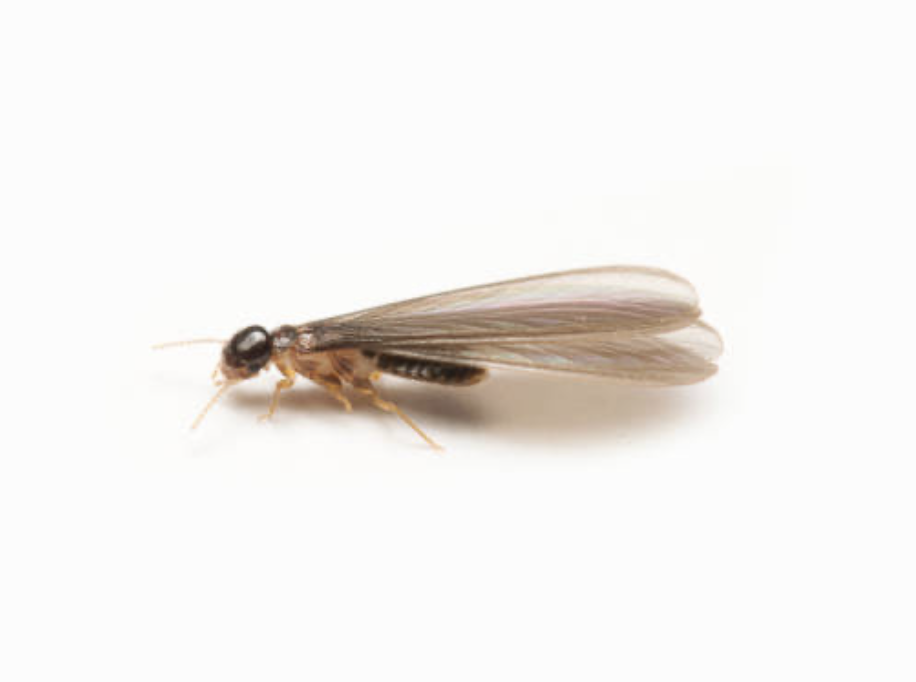
What should I do if I see flying termites?
If you see flying termites (Alates), you must act quickly to prevent further termite infestation. Flying or winged termites indicate that a mature colony is somewhere in your property. These winged termites have merged from established colonies and are flying around looking for somewhere to establish a new colony. Avoid spraying insecticide as killing flying termites won’t eliminate the colony. It’s important to call in professionals to locate the nest and provide proper treatment.

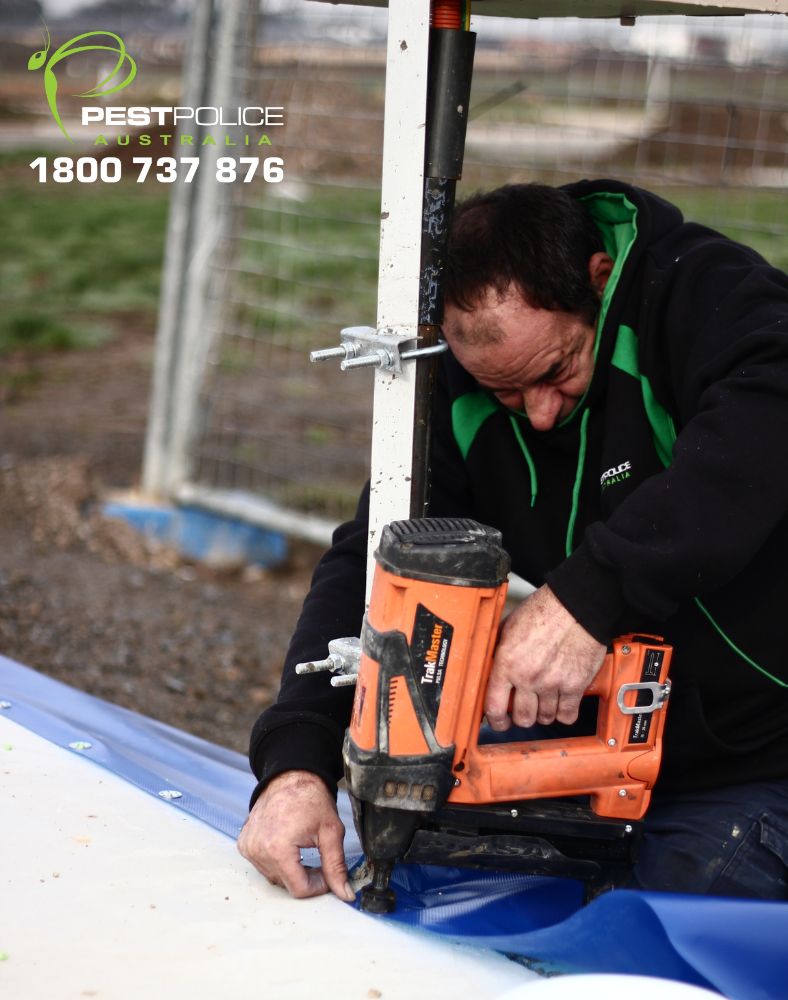
How much does a termite barrier cost in Australia?
The cost of installing a termite barrier in Australia varies based on factors such as property size, construction type, and the specific treatment method. Here’s a breakdown of typical expenses:
Chemical termite barriers involve treating the soil around a property’s perimeter with termiticides to deter termite entry, as well as targeting the termites directly. This type of treatment costs from $1,800 to $4,500, depending on the home’s size and the chemicals used.
Termite baiting uses monitoring stations placed around the dwelling to attract and or eliminate termite colonies. The cost ranges from $2,000 to $4,500, and baits may need replacement each year.
Physical termite barriers such as stainless steel mesh or crushed stone can be placed under foundations and slabs and in wall cavities to block termite access and unlike chemical barriers, they provide long-term protection without degrading over time. The cost for these barriers ranges from $1,800 to $5,000, depending on the home’s size. These style treatments are predominantly done at preconstruction stage within the build process.
What sort of preventive measures should I take to prevent termite damage?
Preventive measures are a smart investment for property owners. To protect your property and prevent termite damage, here are proactive measures you can take:
Does home insurance cover termite damage?
No. Home insurance policies do not cover termite damage, as it’s considered preventable maintenance rather than sudden damage. Taking pro-active measures as outlined above is the only insurance you can take against termites.
How often should a termite barrier be checked?
Once a termite barrier is in place, it should be inspected and maintained regularly to remain effective. Chemical barriers typically last between 5 to 8 years, depending on the type of chemical used, location and environmental conditions. Physical barriers, like stainless steel mesh or crushed granite, can last decades but still require annual inspections.
Do termite bait stations work and how often should they be checked?
Termite bait stations should be checked every 30-90 days pending system used to monitor activity and ensure they’re still doing their job properly. High-risk areas may require more frequent inspections.
How often do you need to spray for termites?
The best month to spray for termites is early spring or summer, when termite activity increases, and colonies are most vulnerable. Warmer temperatures help termiticides penetrate the soil effectively.
How long must you stay out of the house after termite spray?
After a termite spray treatment, it’s recommended to stay out of the house anywhere from 8-24 hours, depending on the type of chemicals used. Some treatments, like fumigation, may require you to stay out of the house for up to 72 hours. Ventilation is essential before re-entry to ensure safety. Pest Police advises homeowners on specific waiting times based on the treatment applied, ensuring a safe and effective termite solution. Always follow professional guidance for the best results.
Can I treat termites myself?
While DIY termite treatments like sprays and bait stations exist, they are rarely effective to remove a full colony and termites reproduce very quickly. Termites burrow deep into timber and soil and make it difficult to reach them with local hardware over-the-counter products. They aren’t going anywhere in a hurry! Without professional intervention, infestations can persist and worsen, costing you much more in property repairs.
Do pest control companies provide payment plans?
Yes. Some termite inspection and treatment companies will provide payment plans for termite treatment. Ask your pest control company if they have payment plans.

Where are you most likely to find termites?
Termites are found in timber wooden structures, foundations, inside walls and roofs, in tree stumps, fences, and damp or humid areas around the property.
What time of day are termites most active?
Termites are most active at night and during warm, humid conditions, but they work 24/7, constantly feeding and tunnelling through timber.
Do termites show up suddenly?
No, termites don’t appear suddenly. These silent destroyers as they are often called, are smarter than that and they quietly invade over time. However, Alates (flying termites) may seem to show up unexpectedly during mating season when they are seeking to create new colonies.
How to find a termite queen in the house?
Finding a termite queen requires locating the nest, usually underground or within timber structures. Professional thermal imaging and acoustic tools are required to help detect colonies.
Are termites harmful to humans?
No, termites aren’t directly harmful to humans. However, they can cause structural damage which can lead to safety risks as well as allergic reactions in some people with an increase in dampness.

What kills termites the fastest?
The fastest way to kill termites is with professional termiticides, fumigation, or baiting systems that target and eliminate entire colonies effectively.
How do I check for termite activity?
You can check for termites with regular inspections, moisture metres, infrared cameras, and checking for mud tubes, timber damage, or discarded wings.
Are termites hard to get rid of?
Unfortunately, yes. Termites are difficult to eliminate due to their ability to create hidden colonies. But professional termite treatments by professional technicians, baiting systems, and regular inspections will ensure complete eradication and ongoing protection of your property.
How do I permanently control termites?
Prevention is always better than the remedy with termites. Therefore, taking steps to prevent termites, especially if you are in a termite-prone area, will minimise and even eliminate the risk of termites entering your property. By doing annual termite inspections, installing chemical barriers, baiting systems, and physical barriers, your property will have the best protection it can. Annual inspections, eliminating moisture sources, and removing wood-to-ground contact will all help to deter termites as well.
Is there a natural way to get rid of termites?
Yes, natural termite control methods include using vinegar, neem oil, beneficial nematodes, diatomaceous earth, and boric acid to name a few. Orange oil can also be effective against termites. However, natural methods may not eliminate entire colonies, and you must be consistent and constantly on guard with natural treatments to prevent more termite colonies from establishing themselves. They are always on the lookout for a new location, therefore when using natural methods, regularly inspect your home and making sure it doesn’t have the right conditions for termites to thrive (such as unchecked moisture) will help to prevent them from settling. However, it is always recommended to engage a professional termite inspector, so that you’re taking any risks with a valuable asset.
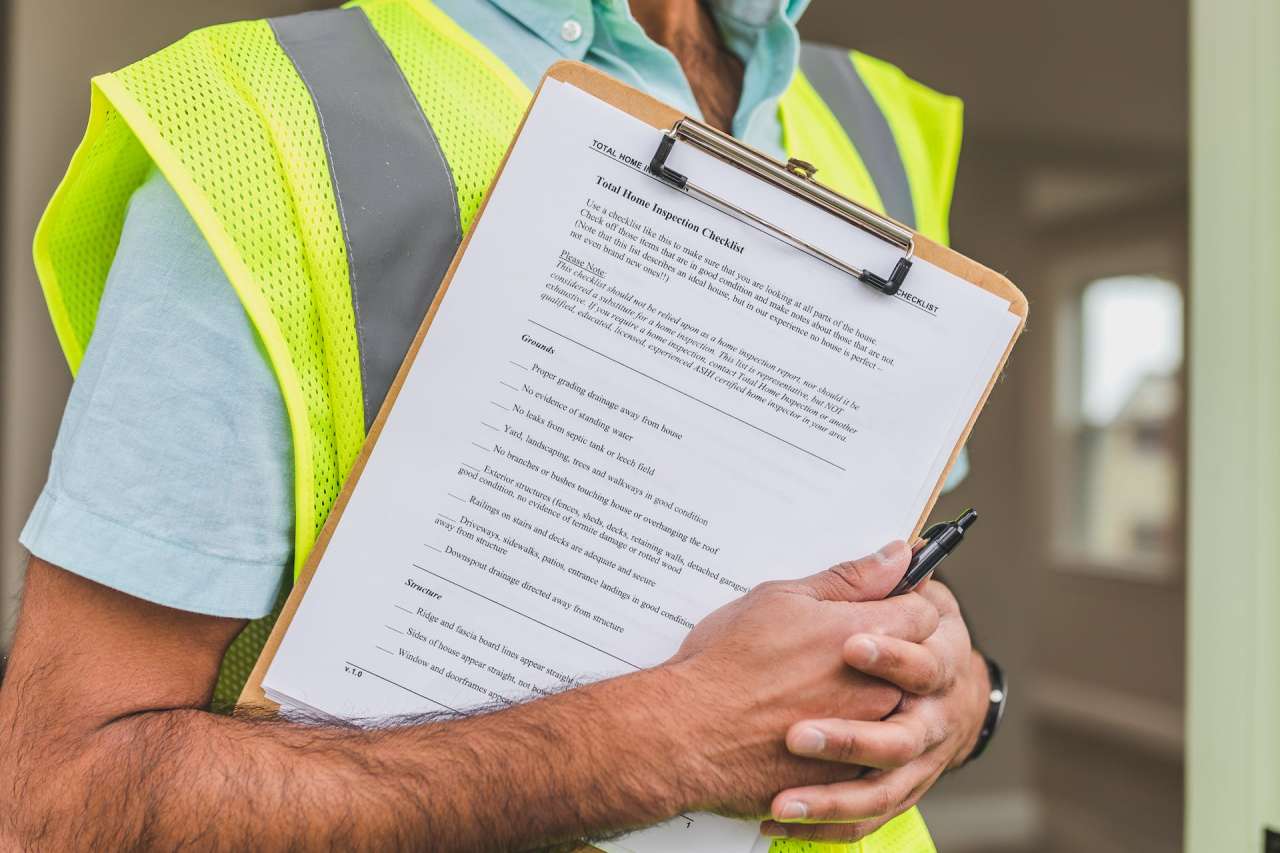
How much is a termite inspection in Brisbane?
The cost of a termite inspection in Australia typically ranges from $250 to $500, depending on the property size and location. Some companies will offer free inspections with treatment plans or will deduct the inspection cost from the treatment if you need one.
How much is a combined building and pest inspection in Brisbane?
In Brisbane, the cost of a combined building and pest inspection varies based on property type and size, here are some approximate guidelines: Units and apartments can start from $350. Townhouses or villas from $500, and a standard 3-4 bedroom houses from $550. Prices may vary depending on the inspection company and specific property details. It’s advisable to obtain quotes from multiple providers to ensure competitive pricing and comprehensive service.
Who pays for building and pest inspection in Queensland?
In Queensland (QLD), the buyer pays for the building and pest inspection as part of their due diligence before purchasing a property. This ensures they are aware of any structural issues or pest infestations before settlement. However, in some cases, vendors may choose to arrange and pay for inspections to attract buyers and streamline the sales process.
What time of year should I do a termite inspection in Brisbane?
The best time for a termite inspection is spring and summer, when termites are most active. However, inspections should be conducted year-round, as termites cause damage in all seasons.
How often should I get a termite inspection in Brisbane?
A termite inspection should be done at least once a year in Brisbane to detect infestations early and prevent costly repairs. In high-risk areas or homes with previous termite issues, inspections every 6 months or greater are recommended.


